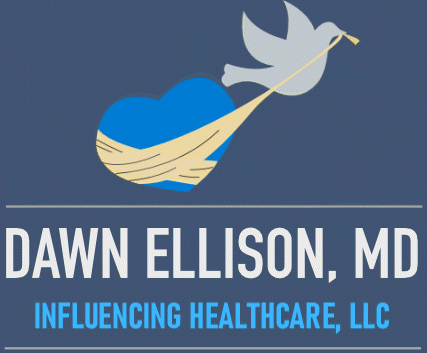The Importance of Avoiding Analysis Paralysis
We continue our discussion of the Metaphor for Change described by Dan and Chip Health in “Switch: How to Change things When Change is Hard”.
Our post titled, “How Can You Move The Elephant?” was about how we can motivate our primitive brain to change. Often strategy for change is directed at the Rider, our newer, rational brain; and the elephant and the path are forgotten. Imagine graphs and mission/vision statements and long discussions in board rooms.
The strengths of the rider are planning for the future, analyzing options and delaying gratification. These strengths develop with age as the frontal lobes of our brain develop. But the rider can succomb to “analysis paralysis” and not make change because “there just might be a better way” or they get lost in the problems. This is why the rider needs to be directed.
Frequently we analyze problems instead of looking at what works. I recently was discussing charity, which is nice; versus social change which is life transforming. The Heath brothers tell the story of Jerry Sternin, with Save the Children in a village in Vietnam.
The children suffered from malnutrition. Charity is giving food to the children. Figuring out why some children in impoverished families were well-nourished led to a transformation. The mother’s were naturally motivated to make their children well.
By looking for the “bright spots”, the children that were well-nourished; Sternin and his colleagues were able to show these mothers how to make their children well. One way to direct the rider is to look for the bright spots.
Ambiguity and too many choices paralyze the rider. Making decisions is exhausting work. A Rolling Stones article revealed that President Obama does not pick out his clothes for the day and does the same daily exercise routine. He leaves the little decisions for others and saves his energy for the situation room.
When establishing a new behavior, scripting the critical behaviors helps the rider avoid exhaustion and paralysis. Deciding to put gum, a water bottle and pistachios in your backpack every morning will help you avoid the snacks that your workmates bring in to tempt you. Take the time to evaluate the critical behaviors and script them to direct the rider. We now have devices that can remind us of the critical steps.
Because the rider is capable of planning for the future and delaying gratification; he responds well to positive future visions. Organizations that count on only this to spur cultural change will sadly be disappointed as most employees are unfamiliar with visions of their organization and then there is that pesky elephant.
A BHAG, big hairy audacious goal is likely to not only create a “destination postcard”, but it has an emotional component also that motivates the elephant. In our story about DJ the destination postcard for him was that one day soon he would be able to play catch with his grandchildren. Pointing to the Destination is crucial to directing the rider.
Directing the rider by finding the bright spots, scripting the critical moves and pointing to the destination makes new behaviors easier by finding out what works, breaking down the steps to achieve the behavior and giving us a motivating goal.
Here are some other articles you may enjoy reading
Change is difficult, but it can lead to better habits. By identifying our triggers and cues, we can use them to help build good habits.
Influencer: The Power to Change Everything
Be a leader in the healthcare industry with this useful tool that guides you towards a new approach at effectively influencing change.
Why Group Decision Making is Key
Trust in one another is the necessary foundation for group discussions that result in making group decisions.





